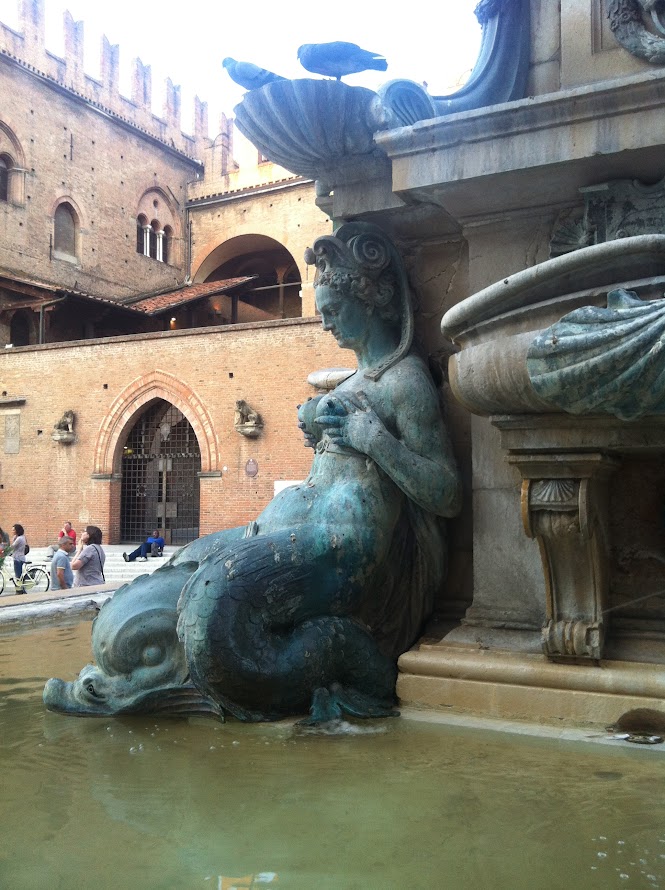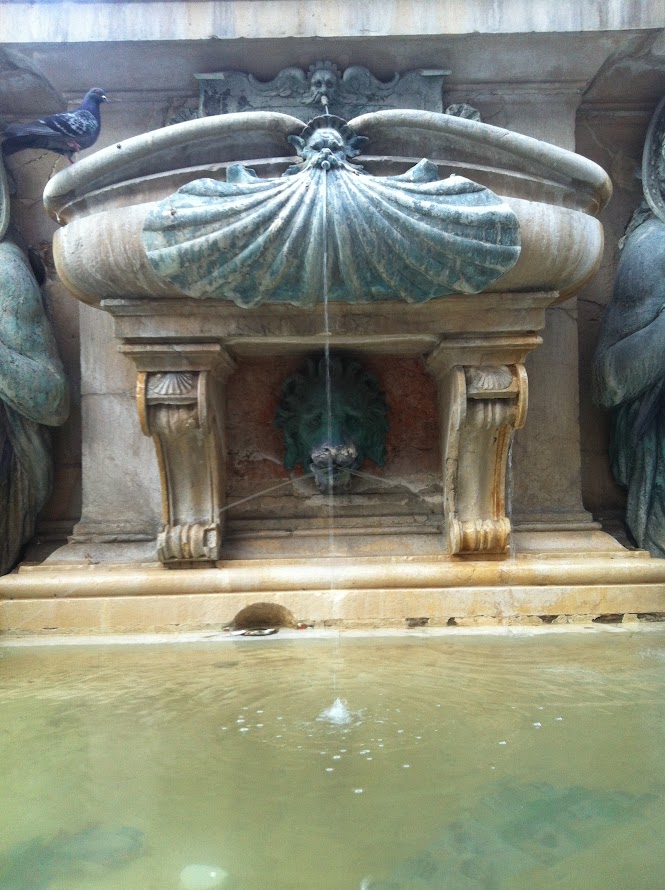
The Neptune statues in Bologna and Florence are two of the most iconic sculptures in Italy, each embodying distinct aspects of Renaissance art and culture. These statues, while both representing the Roman god of the sea, serve different purposes and are deeply embedded in the historical and political narratives of their respective cities. Below, we explore the similarities and differences between these masterpieces and present five compelling reasons to visit each.
Bologna’s Neptune Statue: A Symbol of Papal Power
Located in the heart of Bologna, the Neptune statue, often referred to as «Il Gigante» (The Giant), was sculpted by Giambologna in 1566. This statue was commissioned by Pope Pius IV to symbolize his control over Bologna, which was under papal rule at the time. Standing in Piazza del Nettuno, adjacent to Piazza Maggiore, this bronze figure exudes a commanding presence, with Neptune stretching his left hand to calm the seas—a metaphor for the Pope’s authority over the city.
Key Features and Secrets:
- Optical Illusion: The statue is famous for an optical illusion that plays on the modesty requirements of the Catholic Church. Giambologna designed Neptune’s thumb to appear as an extension of his genitals when viewed from a particular angle, a subtle yet bold statement against ecclesiastical censorship.
- Maserati Connection: The trident held by Neptune inspired the logo of the Maserati car company, a symbol of power and elegance that resonates far beyond the statue’s immediate setting.
- Architectural Mastery: The statue is surrounded by an elaborate fountain with four Nereids (sea nymphs) holding their breasts, from which water spouts. These Nereids represent the four corners of the known world, emphasizing Bologna’s connection to global power dynamics during the Renaissance.
Florence’s Neptune Statue: The Medici’s Maritime Ambitions
Florence’s Neptune statue, standing in Piazza della Signoria, was sculpted by Bartolomeo Ammannati between 1565 and 1574. Commissioned by Cosimo I de’ Medici, the statue was intended to celebrate Florence’s naval prowess and to serve as a symbol of the city’s maritime ambitions. Unlike its counterpart in Bologna, Florence’s Neptune has had a more controversial history, often criticized and vandalized, yet it remains a central piece of Florence’s artistic heritage.
Key Features and Secrets:
- Cosimo I’s Likeness: The face of Neptune is sculpted to resemble Cosimo I, reflecting the Duke’s desire to link his rule with the power of the ancient gods, and by extension, the power of Florence itself.
- Mixed Reception: Unlike the universally admired Bologna statue, Florence’s Neptune was not well-received initially. Michelangelo is said to have remarked sarcastically about the statue, “What a beautiful piece of marble you’ve ruined,” highlighting the controversy surrounding its aesthetic value.
- Enduring Symbolism: Despite its rocky reception, the statue has become an enduring symbol of Florence’s rich history, particularly its Renaissance heritage. The statue’s chariot, drawn by seahorses and surrounded by mythical figures, emphasizes the Medici’s aspirations for Florence as a maritime power.
5 Reasons to Visit Bologna’s Neptune Statue

- Architectural and Artistic Mastery: Giambologna’s work in Bologna is a quintessential example of Mannerist sculpture, showcasing dynamic interaction with space and a playful use of perspective.
- Historical Significance: The statue is not just an artwork but a symbol of papal power and control over Bologna during the Renaissance.
- Cultural Icon: The statue has inspired local legends, modern-day celebrations, and even the logo of Maserati, making it a cultural icon beyond its artistic value.
- Unique Optical Illusion: Discover the cheeky optical illusion that Giambologna crafted, which adds an element of humor and rebellion to the statue.
- Central Location: Situated in the bustling Piazza del Nettuno, the statue is surrounded by other historical sites, making it an essential stop on any tour of Bologna.
5 Reasons to Visit Florence’s Neptune Statue
- Renaissance Heritage: Florence is the cradle of the Renaissance, and visiting the Neptune statue allows you to connect with this profound period of cultural rebirth.
- Historical Controversy: The statue’s mixed reception offers a fascinating insight into the artistic debates of the time, making it a key study in Renaissance art criticism.
- Medici Power: The statue reflects the ambitions of the Medici family, particularly Cosimo I, and provides context for understanding Florence’s political history.
- Piazza della Signoria: Located in one of Florence’s most famous squares, visiting the Neptune statue allows you to explore a wealth of other Renaissance artworks and historical sites in close proximity.
- Enduring Legacy: Despite its initial criticisms, the statue remains a beloved symbol of Florence’s rich artistic tradition and is a must-see for any art lover.
Conclusion
Both the Neptune statues in Bologna and Florence offer unique insights into the cultural and political landscapes of their respective cities. Bologna’s statue reflects the power of the papacy and Giambologna’s artistic genius, while Florence’s Neptune symbolizes the Medici’s grand ambitions and the city’s pivotal role in the Renaissance. Visiting these statues is not only an opportunity to appreciate remarkable works of art but also to delve into the rich histories that shaped these iconic cities.
Больше на Emilia Delizia
Subscribe to get the latest posts sent to your email.